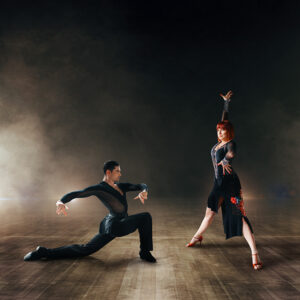The roots of the Salsa dance form are based on Afro-Cuban Rumba and Son dancing. It originated in Cuba but is now a rapidly growing phenomenon in Latin America, North America, Europe, Asia and the Middle East. It is normally performed with a partner but you can also find solo forms of it. Salsa involves dance techniques like shimmies, leg work, arm work, spins, rolls, hand styling, acrobats and lifts. Based on the geographical location, there are different styles of salsa dancing. Salsa is constantly evolving and any time a new modern salsa style gets created it is named after the geographical area that developed it, like Cali-style from Columbia, Cuban-style, LA-style, New York-style, and Puerto Rican-style. Most of the movement in Salsa dancing takes place in the lower part of the body which also gives us the iconic swinging hip movement.
Learner’s Outcome
- Whether you are an experienced dancer or someone who is just starting out, there are various benefits that Salsa dancing can provide you.
- Builds stamina
- Increases overall fitness and general well-being
- Burns calories
- Provides a good muscle workout
- Improves memory
- Reduces stress
- Improves body balance
- Increases coordination and reflexes
- Strengthens social skills
- Improves emotional health
If you are weighed down by the stress of everyday life and need to take a break, Salsa dancing is a great way to relax while having fun. Or, if you are someone who wants to get in shape but dreads going to the gym, Salsa dancing can help you burn those calories in such a manner that you won’t even know you are exercising. So, place your hands in the hands of trainers and instructors with years of experience and get ready to take to the floor.
Prerequisites
- An interest in learning
